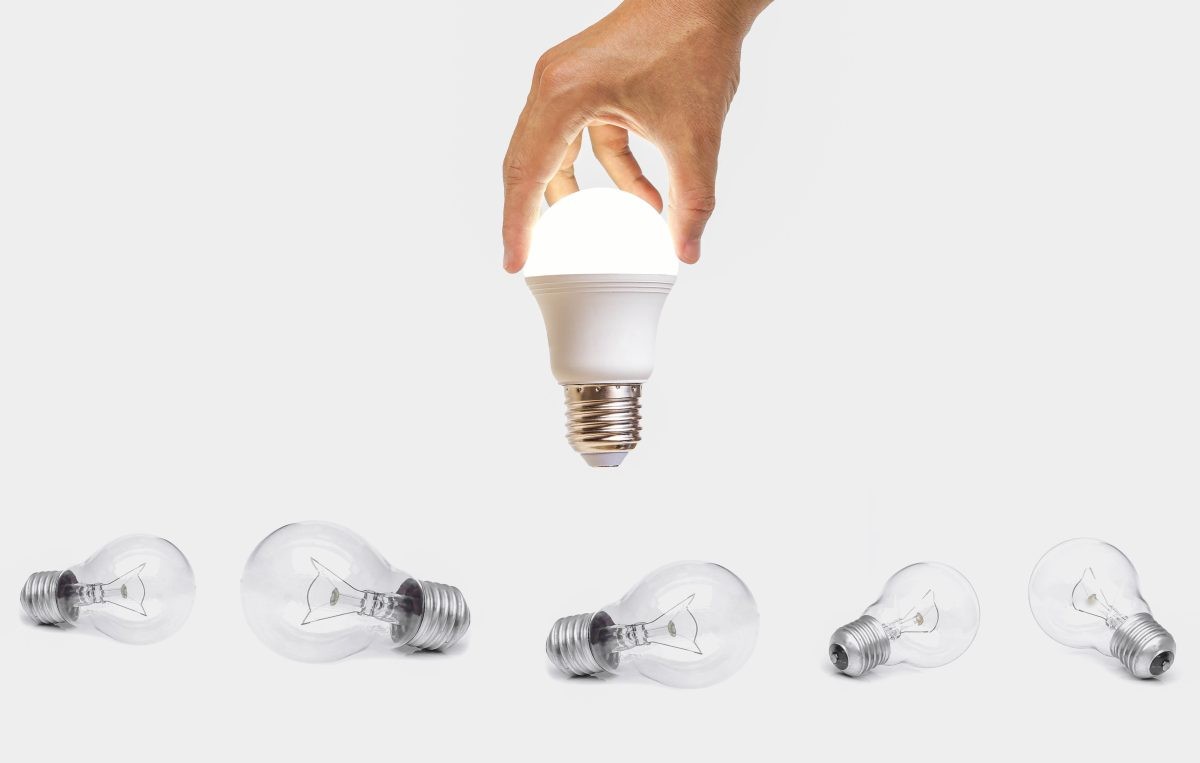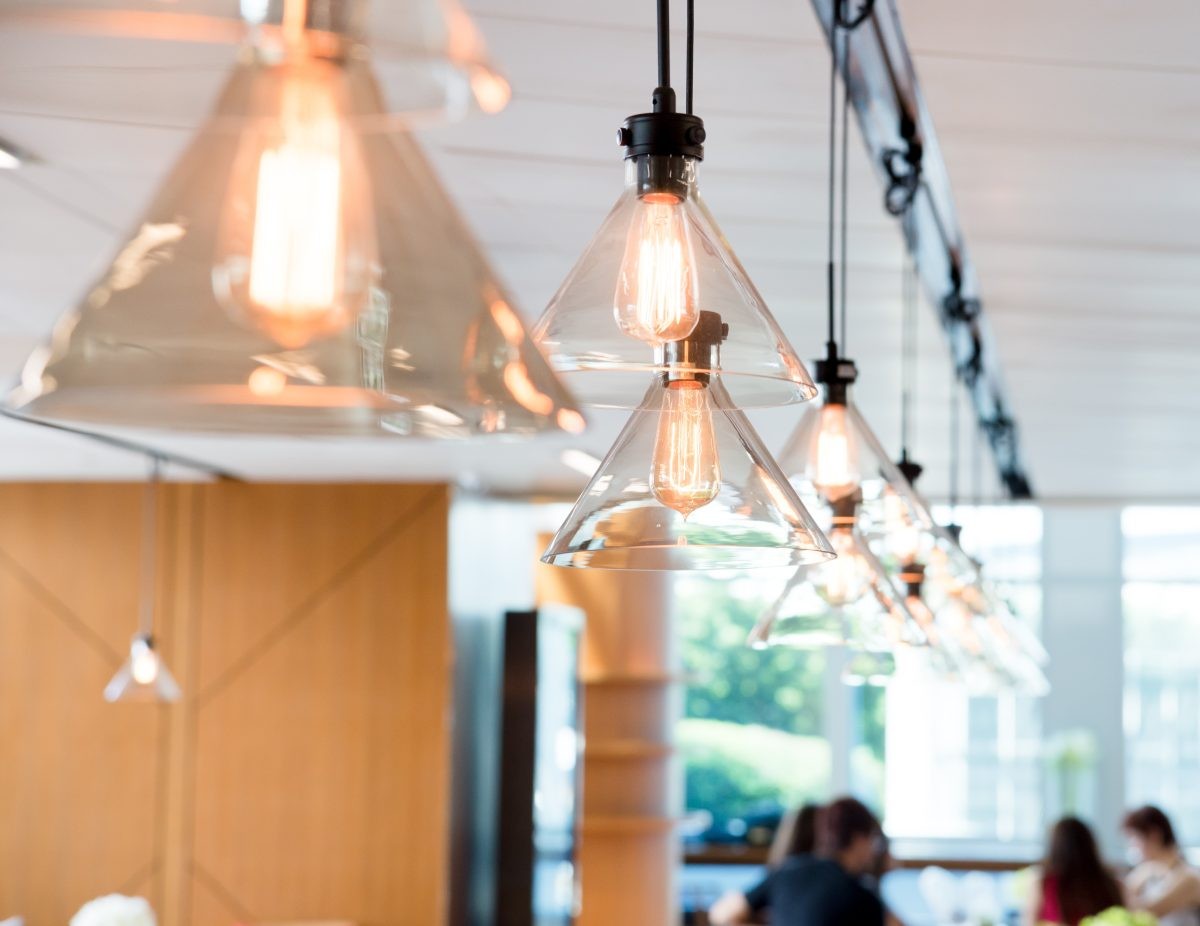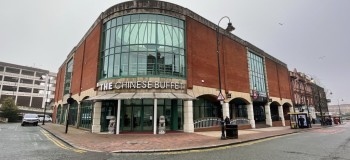02/02/2024
Insights
Why should you care about energy-efficient lighting?
From coffee shops to industrial warehouses, the lighting you choose to illuminate your workspace has critical consequences on the business at a wider level.
According to the International Energy Agency (IEA), lighting can account for up to 40% of total energy consumption in commercial buildings, highlighting its major impact on bills and overall carbon footprint.
What is energy-efficient lighting?
Energy-efficiency refers to the process of reducing the amount of energy required to produce the same result. In terms of lighting, this means generating the same amount of light you need while consuming less electricity.
The purpose of using energy-efficient lighting is to help reduce expenses and minimise carbon emissions. With the UK working towards the 2050 net zero target, businesses must start crucially considering their broader impact.
Energy-efficient lightbulbs are the primary solution to more efficient lighting, specifically light-emitting diodes (LEDs).
What are light-emitting diodes (LEDs)?
LEDs are seen as today’s most energy-efficient lighting option, with their technological capabilities continuing to rapidly improve and retail prices being a fraction of what they once were. Compared to traditional incandescent bulbs, LEDs use up to 90% less energy and can last 25 times longer.
Instead of passing a current through a filament wire, LEDs use the movement of electrons to produce light. This process means that almost no heat is lost during the process. Incandescent lamps can expend 95% of their energy heating up the bulbs while LEDs only lose 5% of their energy needed to heat with the other 95% is concentrated on purely lighting the bulb.

The commercial benefits of energy-efficient lighting
Commercial spaces may have unique lighting requirements such as needing to be lit on a 24/7 basis. Aside from their greater efficiency, longer lifespan and lower running costs, energy-efficient lighting offers a number of wider commercial benefits.
- Reduced maintenance
Energy-efficient lighting is designed and manufactured to have a longer life span and to require minimal maintenance. As the bulbs do not need to be changed anywhere near as frequently as traditional sources, less maintenance is required to continually replace the dying bulbs.
- Greater quality of lighting
LED bulbs produce a higher quality of light due to their ability to accurately emit light in a specific direction. Combined with their wide range of colour temperatures and better colour rendering capabilities, LEDs can improve the overall experience for both employees and customers. For example, increasing visibility boosts workplace safety and production while ambient lighting options can enhance the aesthetics of a space.
- More control
Energy-efficient bulbs also offer enhanced capabilities compared to traditional alternatives. Features such as dimming and sensors provide greater control, directly increasing savings. Different lighting effects can also be achieved through the LEDs’ greater directional control. This provides commercial spaces with more options, whether soft ambience lighting is needed for a board room, or harsh accent lighting to highlight products on a shelf.

Factors businesses must consider
As a business, there are a huge number of factors you need to consider when choosing the right lighting to ensure the most efficient and cost-effective option.
- Lighting requirements
First and foremost, you need to calculate the specific lighting needs of the business to meet your set objectives. The design of the commercial space will be a central consideration in this process as features such as the size, shape and function of the space will have different requirements. The desired outcome of the lighting can then be assessed to achieve specific outcomes.
- The type of energy-efficient lighting
Despite the primary focus of this blog being LEDs, there is a variety of energy-efficient lighting available such as CFL (compact fluorescent lamp), induction, and halogen. Every option has their respective pros and cons that need to be considered against the goals of the business.
- Control systems
Depending on the available features of your chosen lighting and your specific requirements, different control systems will need to be fitted to optimise their performance. Systems such as switches, dimmers and sensors provide more control to increase savings and achieve specific outcomes.
- Costs
Higher initial costs can be expected when considering energy-efficient lighting over incandescent options, however the huge long-term savings on bills and maintenance need to be evaluated to show their benefit. You must find the right balance between cost, functionality and environmental impact for your commercial space.
How Eddisons can help
We help clients to achieve their sustainability goals from the initial decarbonisation planning process, assistance with funding applications and guidance on financing options through to the actual implementation of energy and cost saving initiatives.
Regardless of your objectives, our dedicated decarbonisation team is on hand to advise you on the best energy-efficient lighting solution for your commercial space.






